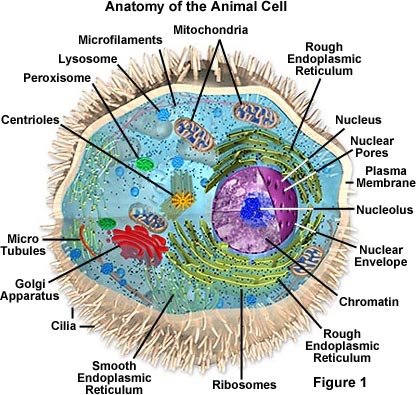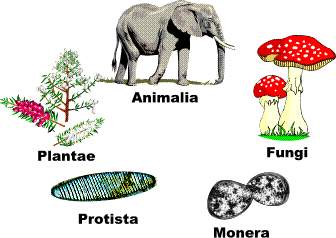The entire scientist tried to give a simple definition to life. These scientists were not succeeded according to the knowledge they have gathered they came to know that life can’t define simply. So they compared living and non living things to define life.
1. Living things has an organized structure
When we consider any living thing it is made with organized structure. Atom > Cell > Tissue > like that. Cell is the smallest living thing. It is made with number of atoms and consists with sub cell structures like (mitochondria, ribosome)
2. Living things can involve in reproduction
Every living thing can reproduce. As a living been ends its life in someday they involve in reproduction which can produce another living been which has the same qualities of their parents.
3. Living things will respond to their environment.
Living things can respond to the environment. We know this from the experience we will move to shade if there is too much of sunlight. Plants will wilt if there is no water.
4. Living thins can grow and develop
Living things are growing and developing. This can’t do by non living things.
5. Living things can adapt to the nature
Living things will adapt according to their living places. Mammals live in cold areas have more boozy skin comparing to other mammals.
6. Living things need energy
Every living thing needs energy to continue their lives.
7. Living things can move
Every living thing can move, even a plant. Although we can’t see plants are walking water and nutrients are moving in their xylems.
8. Living things can involve in evolution
9. Living things have biological & chemical reactions inside them.





